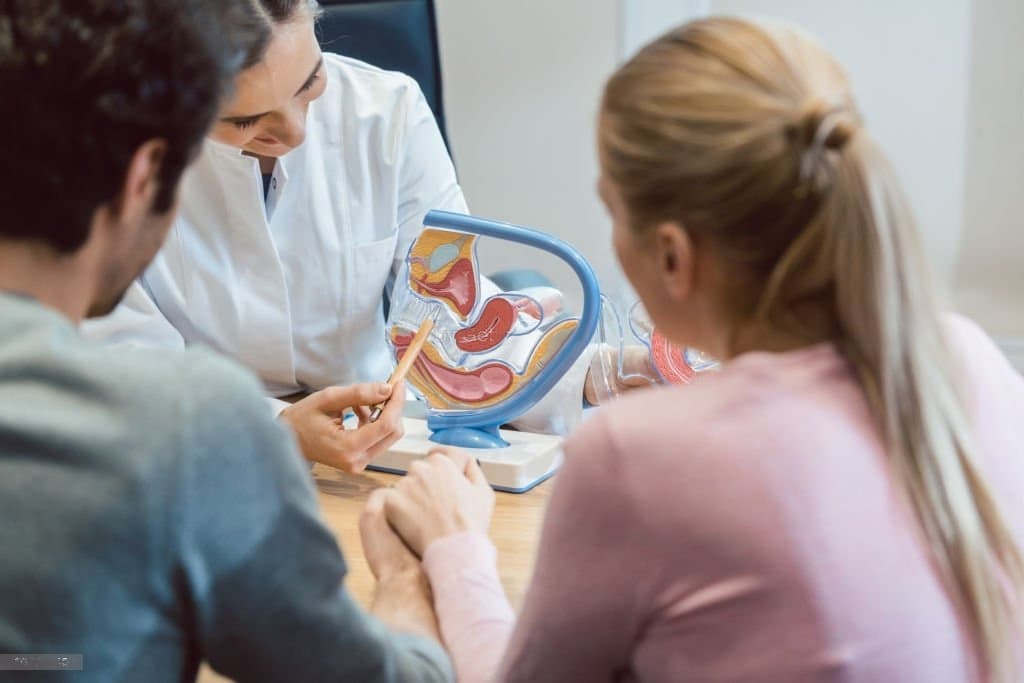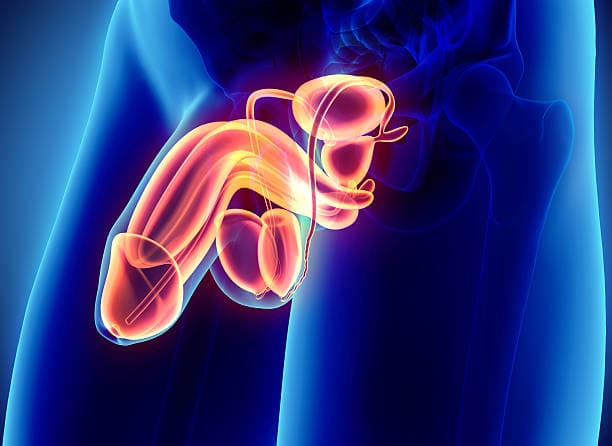Overview
Fertility restoration surgery aims to correct structural issues causing infertility in men or women. Some conditions that can be addressed through surgery include endometriosis, fibroids, polyps, and other reproductive organ problems. The specific procedures vary based on the underlying issue. For women, options may include tubal ligation reversal, removal of fibroids or cysts, or repair of damaged fallopian tubes. In men, vasectomy reversal or treatment for varicoceles are common procedures.


